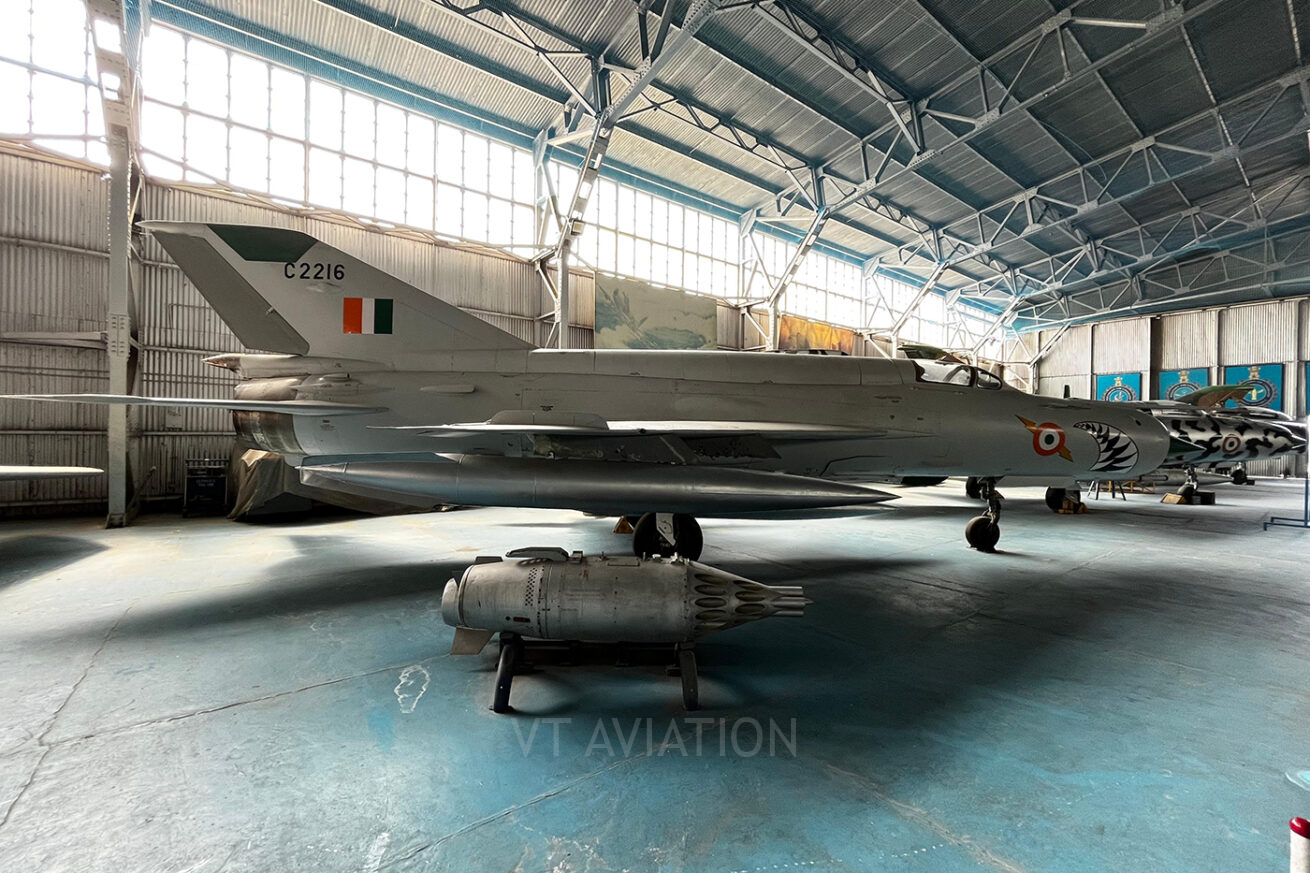On 26 September 2025, the Indian Air Force (IAF) officially retired its last MiG-21 Bison fighter jets, marking the end of an era that spanned over six decades. The decommissioning ceremony took place at Chandigarh Air Force Station, the same base where the first MiG-21s were inducted in 1963. This historic event closes the chapter on India’s first supersonic fighter jet, which served as the backbone of the IAF for much of its modern history.
A Legacy That Defined Indian Air Power
The MiG-21, designed by the Soviet Union’s Mikoyan-Gurevich Design Bureau, was inducted into the IAF in 1963 as the Type-74 variant. It was India’s first supersonic fighter, capable of flying at speeds exceeding Mach 2, and quickly became synonymous with the country’s air defence strategy. Over the years, India inducted 872 MiG-21s, with Hindustan Aeronautics Limited (HAL) producing around 600 under license between 1966 and 1980.
The aircraft played a pivotal role in multiple conflicts:
- 1965 Indo-Pak War: Provided crucial air defence despite limited numbers.
- 1971 War: Achieved air superiority by downing Pakistani F-104 Starfighters.
- Kargil Conflict (1999): Conducted ground attack missions in challenging Himalayan terrain.
- Balakot Air Strikes (2019): A MiG-21 Bison famously shot down a Pakistani F-16, showcasing its enduring combat capability even against modern fighters
Why Retire the MiG-21 Now?
The MiG-21’s retirement was long overdue. Originally slated for phase-out in the 1990s, the aircraft remained in service due to delays in acquiring replacements. However, its safety record became a growing concern. Of the 872 inducted, around 400 were lost in accidents, resulting in over 200 pilot fatalities and 50 civilian deaths. The jet earned grim nicknames like “Flying Coffin” and “Widow Maker”, largely due to its ageing airframes and lack of modern safety systems. The last major crash occurred in May 2023, when a MiG-21 Bison crashed in Rajasthan, killing three civilians. These incidents highlighted the urgent need for modernisation and accelerated the push to retire the fleet.
The Farewell Ceremony
The final send-off was a poignant affair. Air Chief Marshal Amar Preet Singh, himself a MiG-21 veteran, led a formation of six aircraft, including the last operational MiG-21s and modern fighters like the HAL Tejas. Squadron Leader Priya Sharma, the seventh woman pilot in the IAF, had the honour of being the last woman to fly the MiG-21. The ceremony concluded with a water cannon salute and an aerial display by the Surya Kiran aerobatic team.
What Comes Next?
The MiG-21’s retirement leaves the IAF with 29 fighter squadrons, well below the sanctioned strength of 42. To bridge this gap, the indigenous HAL Tejas Mk-1A will replace the MiG-21. The government recently signed a deal for 97 additional Tejas jets worth ₹60,000 crore, supplementing the earlier order of 83 aircraft. These modern fighters, equipped with advanced avionics and electronic warfare systems, will form the backbone of India’s future air defence strategy.
End of an Era, Start of a New Chapter
The MiG-21 Bison was more than just a fighter jet; it was a symbol of India’s growing aerospace ambitions during the Cold War era. While its safety record tarnished its legacy in later years, its contribution to India’s defence and its role in shaping generations of fighter pilots remain unparalleled. As the Tejas takes over, the MiG-21 will live on in the annals of Indian military history as the aircraft that defined an era.


